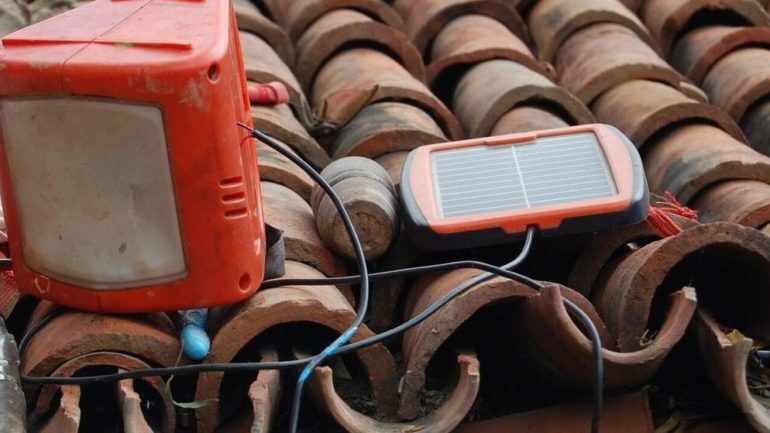Blog

Old Wine, New Bottles: Prime Minister Modi’s New Household Electrification Plan
Originally published in Climate Politics
Prime Minister Modi’s new electrification scheme, Saubhagya (good fortune), aims to electrify all Indian households by end of 2018. Although the focus on households instead of villages is commendable, the scheme is mostly old wine in new bottles. The government should adopt an integrated strategy that puts more emphasis on distributed energy solutions, such as solar micro-grids, and commit to improving the quality of electricity service.
The new scheme aims to electrify households by offering economically disadvantaged households a free or inexpensive electricity connection. The poorest households can obtain a connection for free, and many others only have to pay 500 rupees in installments over time. While below-the-poverty-line households can already obtain connections for free, the new scheme significantly expands the number of households that benefit from connection subsidies.
The new scheme will run into a few major challenges. The most fundamental problem is the problem of the quality of electricity service. In collaboration with the Council on Energy, Environment and Water (CEEW), we conducted a large-scale energy access survey in rural India three years ago. We found that in rural Bihar and Uttar Pradesh, households typically had fewer than ten hours of supply per day. Our research shows that this lack of adequate supply can explain people’s widespread dissatisfaction with their electricity connections.
Electrifying more households does not improve the quality of service. In fact, Modi’s new scheme may actually prove counterproductive. If electricity distribution companies must serve poor rural households that consume little power at subsidized rates, the financial problems of the power sector in the states may grow worse. The government itself estimates that even if the new households only used electricity for eight hours per day, the additional generation requirement would be 28,000 megawatts. If this power is sold at heavily subsidized rates, either distribution companies face heavy losses or state governments’ subsidy expenditure further increases.
A related problem is the cost of power consumption. Reducing the cost of household connections helps, but households may hesitate to connect to the grid if they worry about electricity bills. The new scheme does not deal with the problem of paying one’s electricity bills. If households worry about the quality of service, they may be unwilling to connect and pay their bills in a timely manner.
Finally, there is the problem of distribution infrastructure. Many households cannot connect to the grid because they are too far from the nearest power pole, and the new scheme promises to install power poles to enable household connections. The total cost of electrifying households can be extremely high if the government must install a power pole to serve just a handful of households. Such investments would not be a good use of scarce resources.
To solve India’s rural electricity problem, the government should focus on crafting a robust strategy for improving rural energy access in the medium term. Modi’s Bharatiya Janata Party (BJP) is currently so dominant in the Indian political landscape that it can afford to resist the pull of flashy publicity stunts. Now is the time to look to the future and get strategic about bringing reliable power to every Indian home.
The government can improve the state of rural electricity access in a few different ways. For poor households, distributed energy solutions offer a promising alternative to grid connectivity. Solar home systems, micro-grids, and mini-grids can serve rural households’ basic electricity needs at a relatively low capital cost. The government should develop an integrated strategy that uses both grid extension and distributed alternatives to meet the basic needs of the underserved.
Even more important is a decisive approach to solve the problem of quality. In our ongoing research, we find that the low quality of electricity service is a major reason why rural households are unwilling to pay for their power. Efforts to improve the quality of rural electricity service would enable rural households to pay electricity tariffs that help distribution companies reduce their losses. The government has already signed a series of Power for All agreements with the states, but these agreements do not go far enough to link higher electricity prices to better quality of service.
What India needs is a virtuous of cycle of improved electricity service and better financial performance. If electricity distribution companies can improve their service, then they can charge higher prices without a popular backlash. Increased revenue, in turn, allows even better service over time. If Prime Minister Modi wants to achieve his dream of bringing light to every Indian home, his cabinet should firmly commit to improving the quality of rural electricity service in collaboration with state governments.
